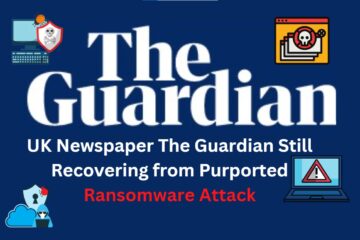Table of Contents
Digital Security

In an era of rapid technological advancements and increasing cyber threats, building a robust digital security framework is paramount for individuals and organizations alike. A comprehensive digital security framework acts as a bulwark against cyber attacks, safeguarding sensitive data, networks, and devices. In this blog, we will explore the key components and essential steps to create a robust digital security framework that ensures the protection of valuable assets and preserves privacy in the digital age.
Assessing Risks and Identifying Assets
The first step in building a digital security framework is to conduct a thorough risk assessment. Identify and classify all digital assets, such as data, applications, devices, and networks, based on their sensitivity and criticality. Understanding the risks associated with these assets is crucial in devising appropriate security measures.
Establishing a Strong Access Control Mechanism
Access control forms the foundation of any digital security framework. Implementing robust authentication methods, role-based access controls (RBAC), and multi-factor authentication (MFA) ensures that only authorized personnel can access sensitive resources.
Encryption for Data Protection
Data encryption is vital for safeguarding data confidentiality. Utilize strong encryption algorithms to protect data at rest, in transit, and during processing. This helps prevent unauthorized access and ensures that data remains secure, even if it falls into the wrong hands.
Deploying Firewalls and Intrusion Detection Systems (IDS)
Firewalls act as gatekeepers, monitoring and regulating incoming and outgoing network traffic. Combining firewalls with Intrusion Detection Systems (IDS) enhances network security by detecting and responding to potential cyber threats in real-time.
Strengthening Endpoint Security
Endpoints, including laptops, smartphones, and IoT devices, are often targeted by cyber attackers. Implement comprehensive endpoint security solutions that include anti-malware, endpoint detection and response (EDR), and mobile device management (MDM) to protect against endpoint vulnerabilities.
Developing an Incident Response Plan
No security framework is foolproof. Develop a well-defined incident response plan that outlines the steps to detect, contain, and mitigate the impact of cyber incidents. Test and update the plan on a regular basis to guarantee its efficacy.
Regular Training and Security Awareness
Educating employees and users about cybersecurity best practices is vital in building a strong defense. Conduct regular training sessions and security awareness programs to empower individuals to identify and report potential threats.
Monitoring and Auditing
Implement continuous monitoring and regular security audits to detect anomalies, suspicious activities, or potential weaknesses. This proactive approach allows for timely response and helps in identifying areas for improvement.
Collaboration and Partnerships
Consider partnering with reputable cybersecurity firms and sharing threat intelligence. Collaboration within the industry fosters a collective defense against cyber threats and helps organizations stay updated on the latest threats and security measures.
Conclusion
A robust digital security framework is essential in safeguarding sensitive data and maintaining the integrity of digital systems. By conducting risk assessments, implementing strong access controls, data encryption, firewalls, and endpoint security, and developing an effective incident response plan, individuals and organizations can build a strong defense against cyber threats.
Building a resilient digital security framework is an ongoing process that requires continuous monitoring, updating, and collaboration. In a world where cyber threats are constantly evolving, investing in a robust digital security framework is not just an option but a necessity for a safe and secure digital future. Let us come together to build a fortified digital landscape where privacy and data protection are paramount.



